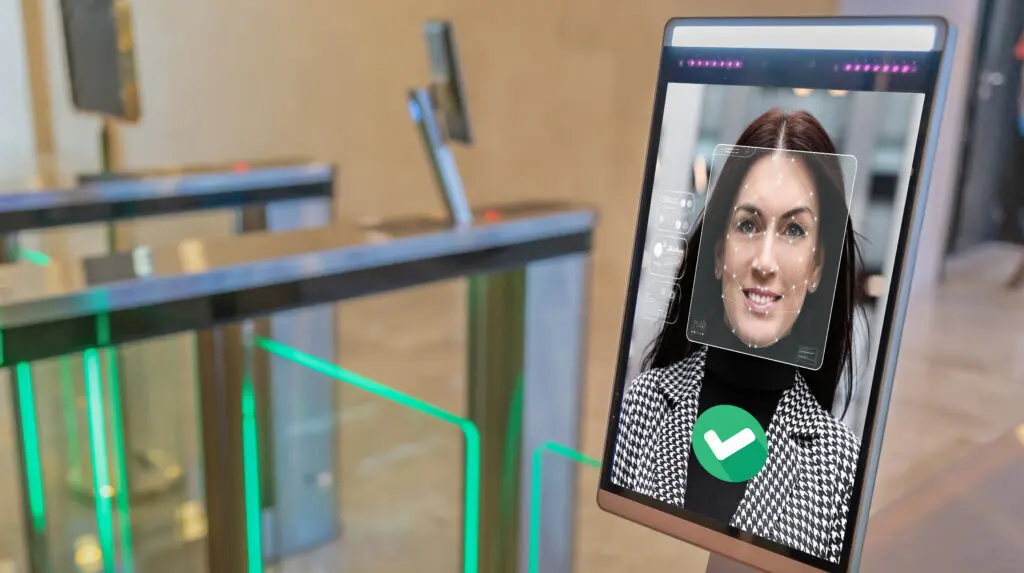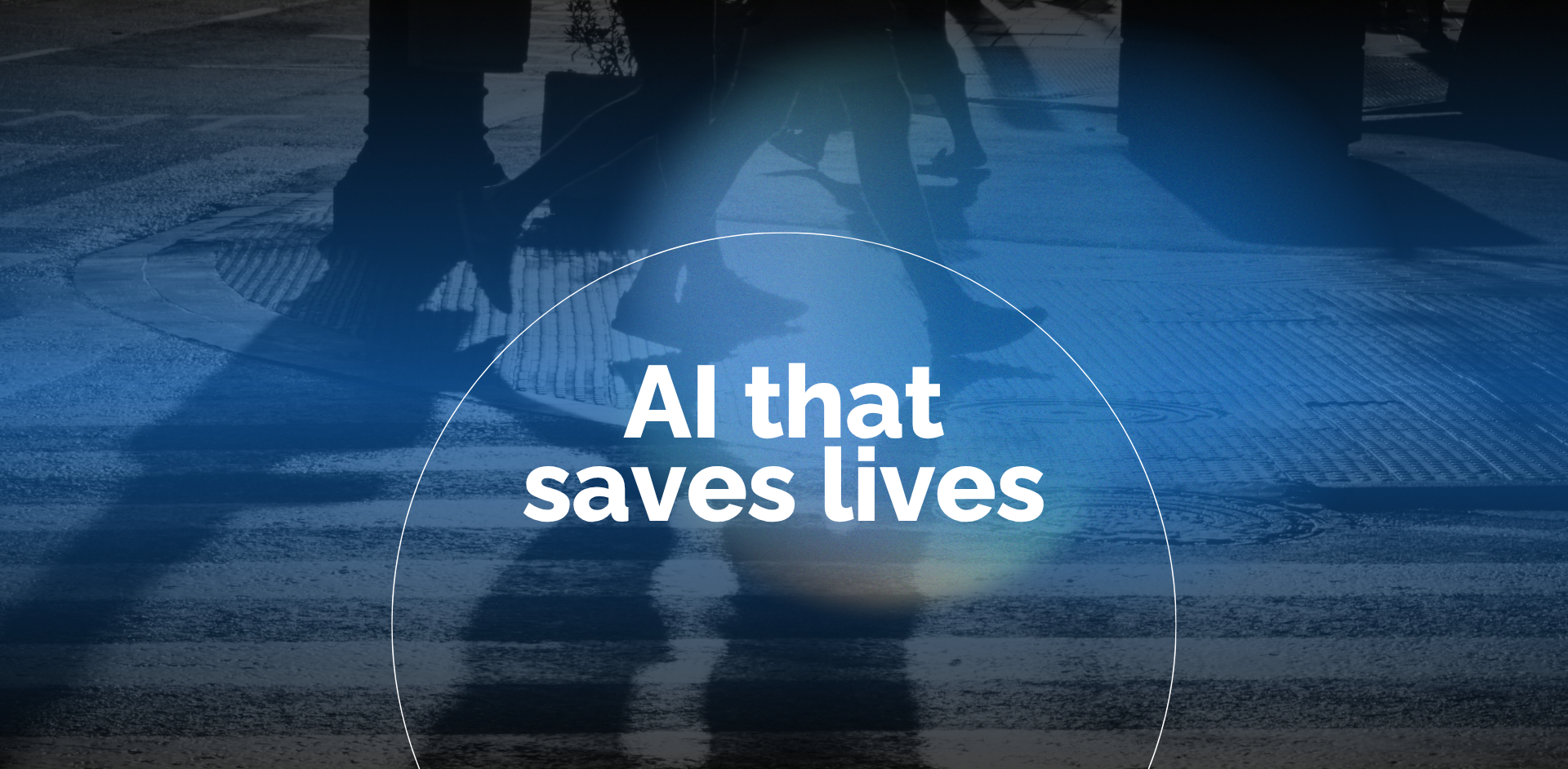Advances in AI are ushering in the end of days for card-based access in the aviation sector.
By Matt Powell
Last week, I had an opportunity to speak at the annual AAAE Airport Credentialing and Access Control Conference, which brought together those responsible for overseeing identity management operations for some of the largest airports in the U.S. Naturally, the panel I was chosen to speak on was centered around how airports can leverage AI-powered video analytics and other emerging technologies to improve access control within their facilities.
After speaking with airport security managers across the spectrum during the event, one thing that has become abundantly clear to me is that the days of using standard, card-based credentials in aviation environments are nearing an end. The fact is trying to manage the identities of thousands or tens of thousands of employees, contractors and visitors that traverse the secure areas of an airport within a given day with legacy technologies like these have simply become unwieldy.
Additionally, many airports are also now reaching a point where their existing access control and identity management platforms are either already outdated or nearing the end of their current lifecycle. The only question is what modality of identify verification will win the day as airports migrate to more advanced technologies?
The most effective and logical methodology to use in this instance would be facial authentication via a Face as a Credential (FaaC) solution as it would seemingly address the accuracy and throughput requirements of aviation environments; however, there are still lingering technological and perception hurdles that must be overcome before the technology can gain more widespread adoption.
Industry Misconceptions
Perhaps the biggest obstacle that FaaC solutions face in the market currently are concerns surrounding the negative headlines that facial recognition technology has faced across the country relative to privacy and misidentification of criminal suspects. Indeed, some cities, such as San Francisco and Boston, have passed ordinances banning police use of such technologies. City leaders in Portland, Ore., even went as far as to prohibit the private use of facial recognition systems.
However, unlike fears people have surrounding facial recognition and the possibility that innocent citizens could be arrested and charged with a crime based on the fact they bear a resemblance of an actual perpetrator, Face as a Credential (FaaC) solutions are not designed with such applications in mind. FaaC offerings are typically integrated with existing access control hardware at a door or turnstile and use facial geometry as a means of granting or denying entry. So, rather than comparing a facial image against a database of wanted individuals to alert law enforcement, a FaaC system is simply measuring facial nodes to determine whether that facial geometry of the subject matches that of an approved user.
Tech Challenges
And as much as some companies would not like to admit it, there are also significant technical challenges that must still be addressed with many FaaC offerings on the market. Despite recent advances in AI and neural network training that have improved the accuracy of facial analytics by orders of magnitude, some at the conference expressed frustration with many currently available systems.
For example, some reported that similar solutions deployed in their facilities still struggle with identifying people of color or retaining their accuracy rates when users change their appearance in some way, be it switching up their hair style or color or even wearing glasses. For those systems that adequately address these reliability concerns, some are unable to run efficiently at the scale necessary to control access within an environment the size of an airport.
In one conversation I had during the event, an attendee even told me that a facial authentication solution they considered deploying could not expand beyond 50 doors without completely falling apart. That’s a major problem when you consider that most large, international airports have thousands upon thousands of doors to secure.
FaceX as a Credential
At ISS, we have developed a comprehensive facial identification solution that can be readily deployed within airports and a wide variety of other operating environments. Known as our SecurOS® FACT Check module, it seamlessly integrates with all major access control systems and is the only FaaC solution on the market that can render a two-dimensional image to a three-dimensional biometric. That means an airport or other end user can upload a standard ID photo into the system and automatically create a 3D representation of someone’s face that can then be authenticated as a biometric identifier.
Additionally, our anti-spoofing technology checks for face liveness to ensure that printed photos or ones contained on a mobile device are flagged as alarms in the system. There is also no need for the user to stop or slow down as the entire identification process is completed in less than 500 milliseconds.
For more information or to learn how you can leverage FaceX as a Credential in your facility, visit issaviation.info or request a demo here.
About the Author:
Matt Powell is Managing Director for North America at ISS (Intelligent Security Systems), a pioneer and leader in the development of video intelligence and data awareness solutions. He has over two decades of experience in security and transportation technologies having formerly served as Principal-Infrastructure Markets at systems integrator Convergint and as a developer of transportation market strategies for Videolarm and Moog prior to that. He can be reached at matt@issivs.com.



